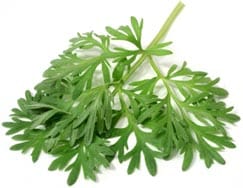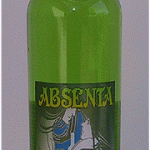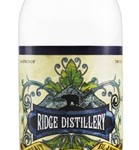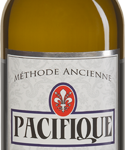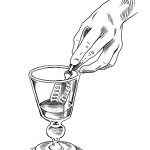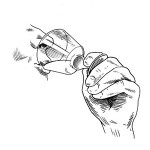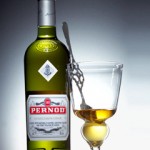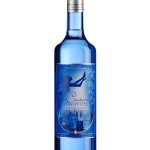Absinthe
- Introduction
- Absinthe Trivia
- Styles of Absinthe
- How to drink/serve Absinthe
- Popular Brands
- Guest Column
- GUEST COLUMN
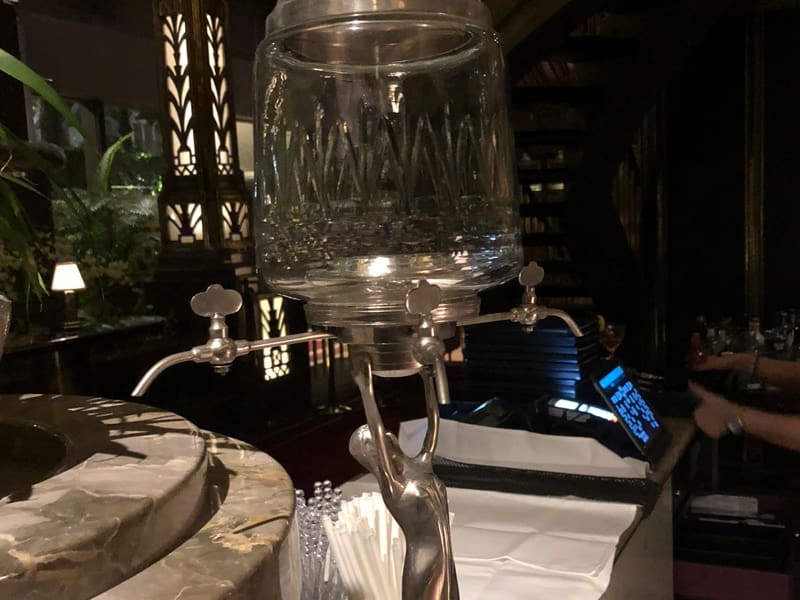
Introduction
Absinthe takes its name from the key ingredient that makes it unique :
Grand Wormwood ( Atemisia Absinthium). If star anise & the Mediterranean natives of green anise & fennel supply the dominant aniseed flavours to absinthe, wormwood adds a musky floral note as well as contributing a bitter quality to the flavor that should not predominate.
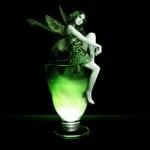
Absinthe traditionally has a natural green colour but may also be colourless. It is commonly referred to in historical literature as “la fee verte” (the green fairy). Although it is sometimes mistakenly referred to as a liqueur, absinthe is not traditionally bottled with added sugar; it is therefore classified as a spirit.
Absinthe originated in the canton of Neuchâtel in Switzerland in the late 18th century. It rose to great popularity as an alcoholic drink in late 19th- and early 20th-century France, particularly among Parisian artists and writers. Absinthe has often been portrayed as a dangerously addictive psychoactive drug. The chemical compound thujone, although present in the spirit in only trace amounts, was blamed for its alleged harmful effects.
By 1915, absinthe had been banned in the United States and in much of Europe, including France, the Netherlands, Belgium, Switzerland and Austria-Hungary. Recent studies have shown that the absinthe’s psychoactive properties (apart from that of the alcohol) have been exaggerated. A revival of absinthe began in the 1990s, following the adoption of modern European Union food and beverage laws that removed long-standing barriers to its production and sale.
Absinthe is traditionally prepared from a distillation of neutral alcohol, various herbs, spices and water. Traditional absinthes were re distilled from a white grape spirit (or eau de vie), while lesser absinthes were more commonly made from alcohol from grain, beets, or potatoes. The principal botanicals are grande wormwood, green anise, and florence fennel, which are often called “the holy trinity.” Many other herbs may be used as well, such as petite wormwood (Artemisia pontica or Roman wormwood), hyssop, melissa, star anise, angelica, peppermint, coriander, and veronica.
Absinthe Trivia
- Oscar Wilde said Absinthe has a wonderful color. A glass of absinthe is as poetical as anything in the world.
- One of absinthe’s many nicknames is ‘The Green Fairy’.
- According to the Ancients, Wormwood used in Absinthe counteracted the effects of poisoning by hemlock, toadstools and the biting of the sea dragon. The plant was of some importance among the Mexicans, who celebrated their great festival of the Goddess of Salt by a ceremonial dance of women, who wore on their heads garlands of wormwood.
- America’s most famous early cocktail, the Sazerac, was a New Orleans creation that called for a dash of absinthe.
- An experienced absintheur can identify a brand from across the room just by watching how it louches-the way the herb’s oils cloud the drink as the bartender adds water.
Styles
According to popular treatises from the 19th century, absinthe could be loosely categorised into several grades/styles in order of increasing alcoholic strength and quality :
- Blanche, or la Bleue – Blanche absinthe (also referred to as la Bleue in Switzerland) is bottled directly following distillation and reduction, and is uncoloured (clear). The name la Bleue was originally a term used for bootleg Swiss absinthe, but has become a popular term for post-ban-style Swiss absinthe in general.
- Verte – (“green” in French) absinthe begins as a blanche. The blanche is altered by the colouring step, by which a separate mixture of herbs is steeped into the clear distillate. This confers a peridot green hue and an intense flavour.
- Absenta – (“absinthe” in Spanish) is sometimes associated with a regional style
that often differed slightly from its French cousin. Traditional absentas may taste slightly different due to their use of Alicante anise and often exhibit a characteristic citrus flavour- Absenta style
- Blanche style
- Verta style
- Hausgemacht – (German for home-made, often abbreviated as HG) refers to absinthe that is home-distilled by hobbyists. Hausgemacht absinthe is produced in tiny quantities for personal use and not for the commercial market.
- Bohemian-style Absinth – is also referred to as Czech-style absinthe, anise-free absinthe, or just “absinth” (without the “e”), and is best described as a wormwood bitters. It is produced mainly in the Czech Republic, from which it gets its designation as Bohemian or Czech. Bohemian-style absinth typically contains little or none of the anise, fennel, and other herbal flavours associated with traditional absinthe. Typical Bohemian-style absinth has only two similarities with its authentic, traditional counterpart: it contains wormwood and has a high alcohol content.
How to drink/serve Absinthe
There are two popular methods for serving absinthe, both require the use of an absinthe spoon. This is a large spoon with open slots in it, allowing liquid to pass through. In a pinch, a large fork can work as well.
- Method One: The Famous Ritual
- Absinthe is normally served in absinthe glass with an absinthe spoon.
- A sugar cube is placed on the absinthe spoon and the absinthe is poured over it.
- An equal amount of water is now added thereby dissolving the entire sugar.
- Step 1 – Pour 30ml absinthe into a glass. Place absinthe spoon over the glass. Place sugar cube on the spoon. Slowly trickle 150 to 170 ml water through sugar cube into glass
- Step 2 – After absinthe gets cloudy, dump sugar into glass.Use the absinthe spoon to break up sugar and dissolve it
- Step 3 – Drink
- Method Two: Flame method Take a reasonably sized spoonful of sugar, or sugar cube and briefly dunk it in your glass of absinthe. Light absinthe laced sugar on fire and hold over glass, the burning alcohol will melt the sugar into the glass. When the fire gets low, stir the remaining sugar into the absinthe and drink
- Straight up Absinthe can also be drunk straight-up like scotch or brandy. Newcomers to absinthe
often drink absinthe neat, but this is rarely for the taste, but simply because they do not know there is another way. Even modern-day bartenders sometimes produce a whisky glass with a shot of the green liquid when asked for “absinthe”. If this happens to you, at least request a wine glass and a bottle of chilled water — then pour the shot of absinthe into the wine glass and slowly dilute with water. - In Cocktails Absinthe is also used as an important ingredient in some popular cocktails such as Absinthe Frappe, Green Fairy, Chrysanthemum, Suissesse & Sazerac
Popular Brands
Some of the most popular brands are :
- Premier fils
- Dubied Pere & fils
- Terminus
- Oxygenee
- Edouard Pernod
- Pernod Fils
- Jade Eduard
- Duplais
- Clandestine
- Pernod
- Clandestine
Brands available in India
- Hapsburg – Barbados
- Green Fairy – Anguilla
- Enigma – Trinidad & Tobago
- Nemesinthe – Martinique
- Xenta – Guatemala
Absinthe Diary – Capetown – By Chandan Gupta
Letter from Absinthe – Ulric Nijs
Has ever a beverage inspired so much fear, admiration and misgivings than absinthe? I think not! My first encounter with absinth (note the lack of ‘e’) was in the mid 90’s in one of London’s first bar dedicated to the green stuff –well, green-ish… It has to be said, I remember very little about that …
